Hit the trails stronger and safer with strategic exercises tailored for hiking. Wondering how to condition your body before facing those steep ascents and rocky paths? Look no further. This article provides you with the top exercises before hiking to boost your muscle strength, enhance your stability, and skyrocket your endurance. Ready to transform your hikes into exhilarating and injury-free adventures? Let’s dive in.
Key Takeaways
-
Dynamic stretching at the beginning of your hike prepares your muscles, enhancing flexibility and reducing injury risk, by making them supple and responsive.
-
Building lower body strength through exercises such as Nordic Curls, Glute Bridges, squats, and lunges is imperative to climb and descend effectively on trails.
-
For full-body preparedness, integrate core and upper body exercises and maintain cardiovascular health; end your workouts with static stretching to prevent stiffness and aid recovery.
But First, We Warm Up for the Trails: Dynamic Stretching
Dynamic stretching, often overlooked, is an integral part of any successful hiking adventure, priming your muscles before setting foot on the trail. Like a smooth prelude to an epic symphony, dynamic stretching orchestrates your body for the physical demands of a day spent in nature’s playground. By enhancing flexibility and reducing the risk of injury, it’s a non-negotiable prelude to your hiking journey.
Imagine your muscles as elastic bands. Without a proper warm-up, they’re more susceptible to snapping under pressure. Dynamic stretches like leg swings and arm circles will make your muscles supple and responsive, an essential addition to your routine. This way, you’ll not only safeguard your well-being but also optimize performance as you scale those majestic heights.
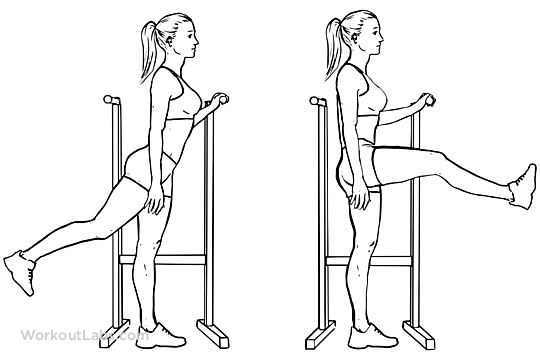
Leg Swings
Kickstart your warm-up with leg swings, the cornerstone of limber leg muscles and fluid hips. Stand with your feet hip width apart for stability. Whether you’re eyeing a gentle hill or a formidable mountain, your hip flexors and hamstrings need to be as prepared as your heart for the adventure that awaits.
Here’s how to do leg swings:
-
Stand with one foot grounded – your anchor to the earth.
-
Swing the other leg forward and back.
-
Feel the liberation in each motion as your muscles loosen, offering a greater range of motion with every swing.
Gradually, let your leg sweep higher, but with control, as if drawing an arc in the air. Keep the core engaged to stabilize your hips; this is about precision, not just motion. With each swing, you’re not only preparing your legs for the climbs and descents but also attuning your body to the rhythm of the hike.

Arm Circles
Remember, your arms, which help navigate the twists and turns of the trail, also need attention, so don’t neglect your upper body. Here’s a simple exercise you can do to warm up your arms:
-
Extend your arms out to the sides.
-
Perform arm circles, stirring the air around you as you would mix the ingredients of a hearty trail mix.
-
Start with small circles and gradually make them larger, signaling to your shoulder joints that it’s time to get to work and lubricating them for the task ahead.
Keep your core muscles braced as you circle, ensuring your stance is as strong as a rooted tree with your toes pointed forward. This is where you build the foundation for wielding trekking poles and shouldering your pack, readying your shoulders to bear the weight of your essentials without strain.
Now, the 5 Essential Exercises That Help Build Lower Body Strength
After warming up, it’s time to concentrate on strengthening your lower body - the driving force behind your hiking physique. The trails call for more than just enthusiasm; they require muscles wrought of strength and endurance. From the glutes that propel you forward to the calves that steady your descent, every step is a testament to the power in your lower half.
Incorporating these exercises into your workout routine will help you build the strength and endurance needed for hiking.
The objective is more than just enlarging your leg muscles; it’s about creating a solid foundation akin to the ground under your feet. Walking lunges, goblet squats, and the invaluable heel down exercise will become your closest allies, fortifying your quads, hamstrings, and glutes for the rigors of the trail.
1. Nordic Curls
Do it anywhere with the Nordstick!
Picture yourself on a steep incline, your hamstrings engaging with each step upward – that’s where Nordic curls come into play. These formidable exercises are the guardians of your knee stability, a trait non-negotiable on the unpredictable terrain of a hike. As you lower your body towards the earth, knees bent and controlled by the very muscles you’re empowering. You mimic the eccentric action of descending a mountain, training your body to handle the real thing with grace.
Build endurance in your hamstrings, and they’ll carry you far, stride after stride, without complaint of fatigue. As you focus on balance and coordination, Nordic curls ensure that each footfall is as sure as the last, even when the trail beneath you is anything but predictable.
Remember, strong hamstrings not only aid in your hiking performance but also shield your lower back, ensuring that each step is a joy, not a jolt.
2. Glute Bridges
Now, let’s bridge the gap between preparation and peak performance with glute bridges. These exercises are a salute to the glutes – the muscles that will thrust you up those hills and cushion you on the way down. As you lift your hips skyward, you’re not just sculpting muscle; you’re reinforcing your hip stability, a safeguard against the twists and turns that await.
Each elevation of the hips is a step towards a stronger core, a beacon of stability when the trail grows rugged, and your pack weighs heavy on your shoulders. By fortifying the glutes, you’re not only preparing for the ascents and descents but also preventing lower back injuries, ensuring that every hike ends as it began – with enthusiasm and anticipation for the next.
3. Squats for Stability
Squats are the bedrock of a hiker’s stability, an exercise that simulates the constant ups and downs of a trail. With feet planted firmly and knees tracking over toes, you build a fortress of strength in your quads, a force to be reckoned with on any terrain. As you lower into the squat, imagine the earth rising to meet you, challenging you to push back with equal force.
This exercise is not just about the descent; it’s about the rise, the push against gravity that mimics the climb of a hike. It’s a dance of strength and control, one that ensures when the trail throws a challenge your way, your legs are ready to answer the call.
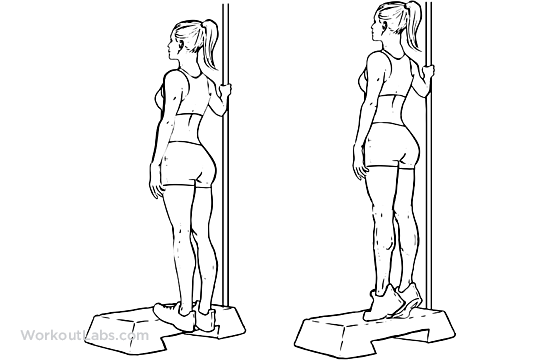
4. Calf Raises for Endurance
Your calves, the unsung heroes of every hike, deserve their moment in the spotlight. Calf raises are a simple yet potent exercise, one that primes these muscles for the relentless undulations of the trail. As you slowly raise onto the balls of your feet, you’re not just sculpting muscle; you’re building the endurance that will keep you moving long after others have stopped to rest.
Feel the strength in your calves as they lift your body, a testament to their readiness for the uphill battles and downhill dances that define a hike. With calf raises, you fortify your foundation, ensuring that each step is as strong as the last, no matter how many miles lie ahead.
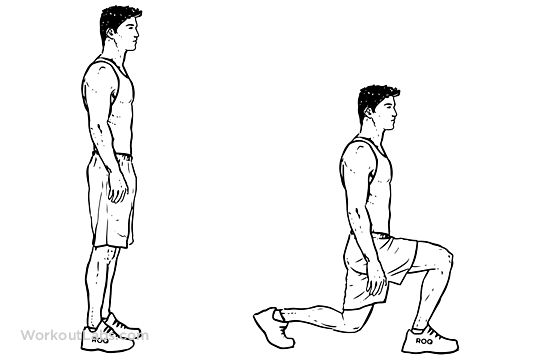
5. Lunges for Balance
Balance is the harmony of hiking, and lunges are its melody. With every forward step and controlled descent of the knee, you’re composing a tune of strength and stability that echoes through your leg muscles. As you align your torso, keeping it as proud and upright as the pines around you, you’re not just preparing for the trail; you’re mastering it.
In the alternating rhythm of lunges, you find the cadence of the hike – a balance between motion and stability, ensuring every step on uneven terrain is as confident as if it were on solid ground.
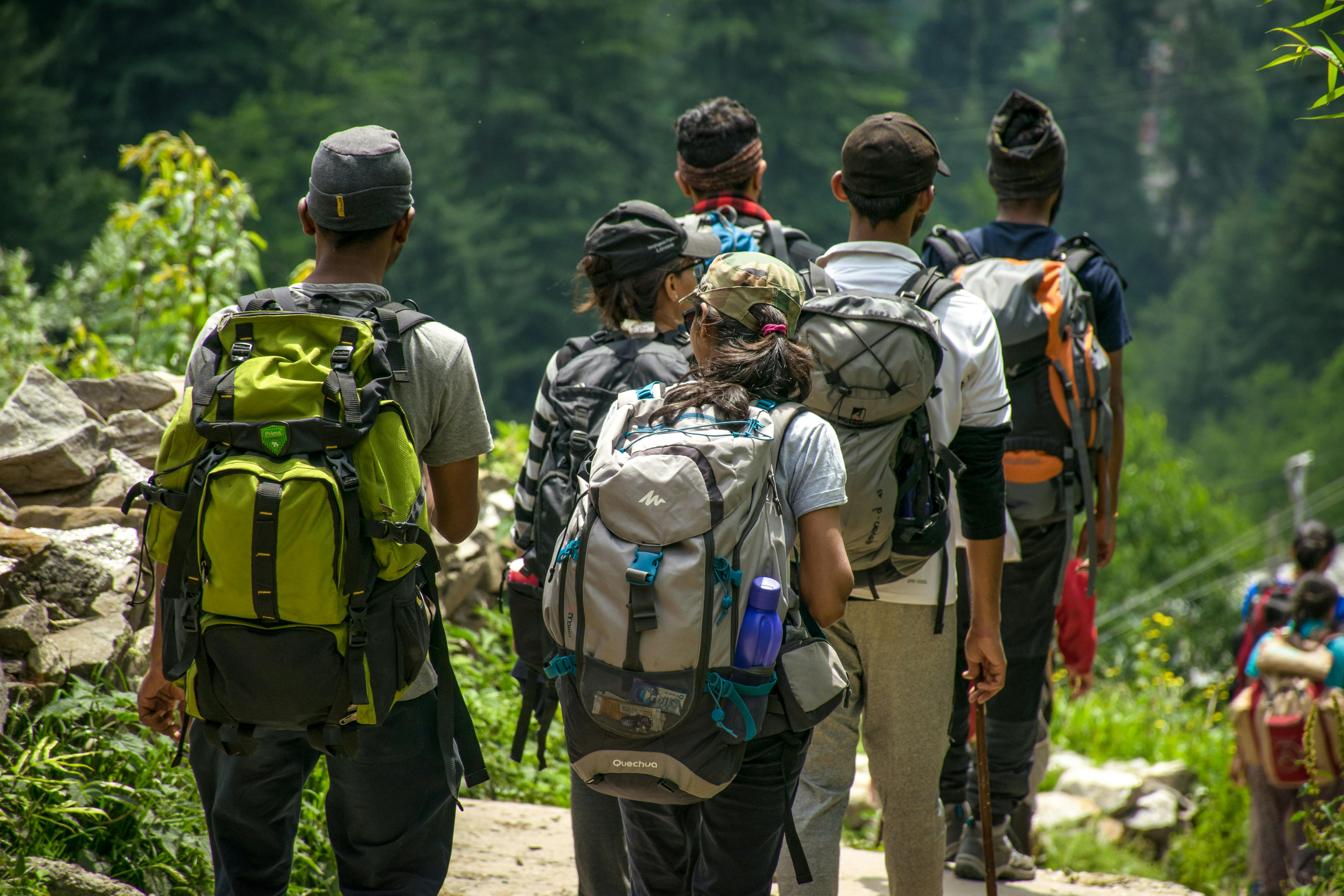
Bonus: Core Conditioning for Carrying Loads
The core, a key pillar of your hiking performance, should not be underestimated. When the weight of your pack bears down, it’s the strength of your core muscles that will dictate the ease of your journey. With exercises like planks and dead bugs, we condition not just for the trail but for the load we choose to carry along it.
Engage in core conditioning and you’ll find your stability on the trail is as unshakeable as your determination to reach the peak. These exercises not only fortify your abdomen but also prepare your lower back and buttocks for the demands of a day spent traversing nature’s vastness.
Some core conditioning exercises to try include:
-
Planks
-
Russian twists
-
Bicycle crunches
-
Mountain climbers
-
Dead bugs
Incorporating these exercises into your fitness routine will help improve your balance, strength, and endurance on the trail.
Plank Variations
Begin with the humble plank, a foundation of core strength that’s as versatile as it is effective. From forearms to palms, each plank variation engages more muscles, challenging your body to become a monolith of stability. Introduce movements like transitions and side planks, and you’ll not just be strengthening your core but your entire body, ready for the rigors of the trail.
As you hold your body in a rigid line, from head to heels, you’re embodying the resilience required to carry your pack across miles of terrain. The side plank, with its leg raise, is a nod to the obliques, those muscles that will support you as you twist and turn along the path.
Dead Bugs for Core Coordination
The dead bug is more than just a core exercise; it’s a coordination challenge. As you extend one arm behind you and the opposite leg away from you, your core muscles must work in harmony, mirroring the coordination you’ll need when navigating the unpredictable terrain of a hike.

Another Bonus: Pre-Hike Upper Body Prep
While leg day often steals the spotlight, your upper body’s role in your hiking adventures cannot be ignored. From pushing off with trekking poles to hoisting yourself over boulders, the strength of your arms and shoulders should not be underestimated. Exercises like push-ups and dumbbell shoulder presses are not just about building muscle; they’re about preparing for the demands of the trail, whether you’re on a casual day hike or embarking on a major backpacking trip.
Strengthen your upper body, and you’ll find that your hiking poles become an extension of your will, guiding you safely over streams and through forests. You’ll carry your pack with ease, your shoulders and back capable of bearing the weight without complaint.
Push-Ups for Arm Strength
Incline push-ups are the unsung heroes of upper body strength, accessible and effective for hikers of all levels. By placing your hands on an elevated surface, you can tailor the difficulty to your level, ensuring that with each push, you’re forging the strength required to support your journey.
Beyond just chest and shoulders, incline push-ups also engage your arms, preparing them for the moments on the trail when you need a little extra push, whether that’s scrambling up a rocky patch or setting up camp at the end of a long day.
Dumbbell Shoulder Press
Raise the dumbbells overhead, and you raise your hiking game. The standing dumbbell shoulder press is a salute to the shoulders and arms, preparing them for the weight of your backpack and the push and pull of your trekking poles. With feet shoulder-width apart and a focus on controlled movement, you ensure that each press is building not just strength but also the stability required for your hiking adventures.
Maintain a strong core, legs straight, and a straight back, and you’re not only working your arms but also reinforcing the posture that will carry you comfortably through the miles. This is the preparation that ensures when you hoist your pack onto your shoulders, you’re ready for the day’s journey, no matter the distance.
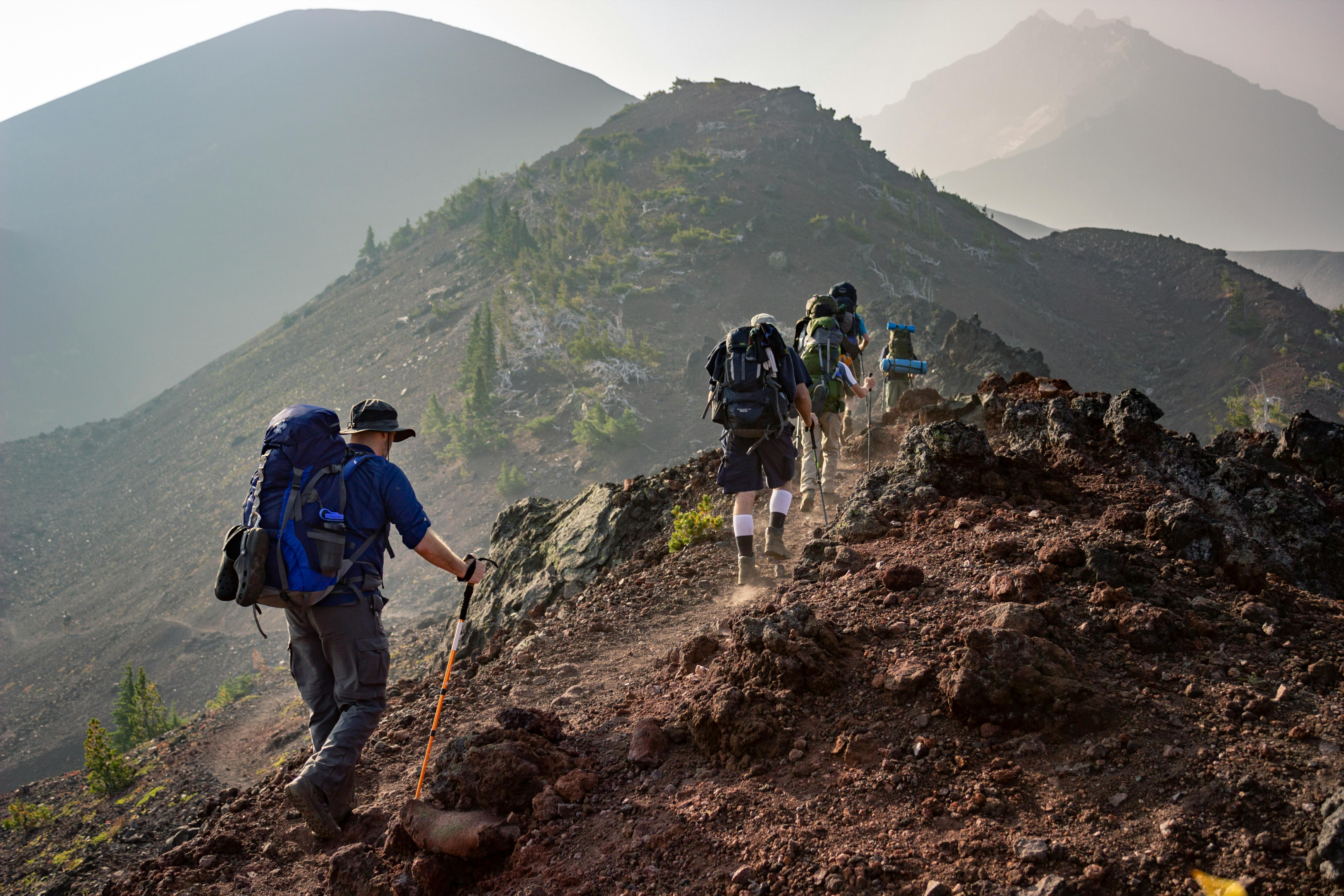
Yet Another Bonus: Balance and Agility on the Trail
Balance and agility, like the map and compass you carry, are indispensable to hiking. They are the qualities that allow you to navigate uneven terrain with the grace of a mountain goat. With exercises like single-leg deadlifts and step-ups, you’re not just training muscles; you’re honing the skills that will see you safely across narrow ridges and through tangled roots.
Whether you’re using trekking poles to steady your ascent or negotiating steep inclines with cautious steps, the balance and agility you develop off the trail will be your greatest ally when the path demands the most from you. It’s the poise in the face of a rocky descent, the nimbleness required to sidestep an unexpected obstacle – these are the skills that turn a hike from a struggle into a dance with nature.
Single-Leg Deadlifts for Stability
The single-leg deadlift is a testament to the harmony between strength and balance, a dance that plays out with each rep. As you stand on one leg, the world around you may wobble, but your focus is steadfast – you are training your body to find stability on the most uneven of paths.
To perform a single-leg deadlift:
-
Stand on one leg with a slight bend in the knee and a straight back.
-
Hinge at the hips and reach forward, keeping your back straight and your core engaged.
-
Lower your upper body towards the ground while lifting your other leg behind you for balance.
-
Return to the starting position by squeezing your glutes and pushing through your standing leg.
Repeat on the other leg, ensuring your left foot, left knee, and left leg are also engaged in the exercise as you take a step with your left leg forward while keeping your right foot stable for balance.
This exercise echoes the natural motion of stepping up onto a high ledge, and it helps to strengthen your glutes, hamstrings, and core while improving your balance and stability.
This exercise isn’t just about the hamstrings or the glutes; it’s about the entire posterior chain that powers your hike. The single-leg deadlift prepares you to step with confidence, whether that’s onto a rocky outcrop or across a rushing stream. With each lift, you’re ensuring that your next hike is defined by balance, not by the fear of a misstep.
Step-Ups for Functional Strength
Step-ups are the embodiment of functional strength, a movement that mirrors the act of conquering stairs, rocks, and logs on the trail. As you step forward and upward, driving through the heel to rise, you’re not just lifting your body; you’re empowering your glutes and quads – the very muscles that will carry you up those steep inclines.
This simple yet effective exercise is a rehearsal for the trail’s challenges. By practicing step-ups, you condition your body to handle the obstacles that nature whimsically places in your path. It’s the strength to climb and the confidence to rise, step after sturdy step, that will carry you to the heights you seek on every hike.
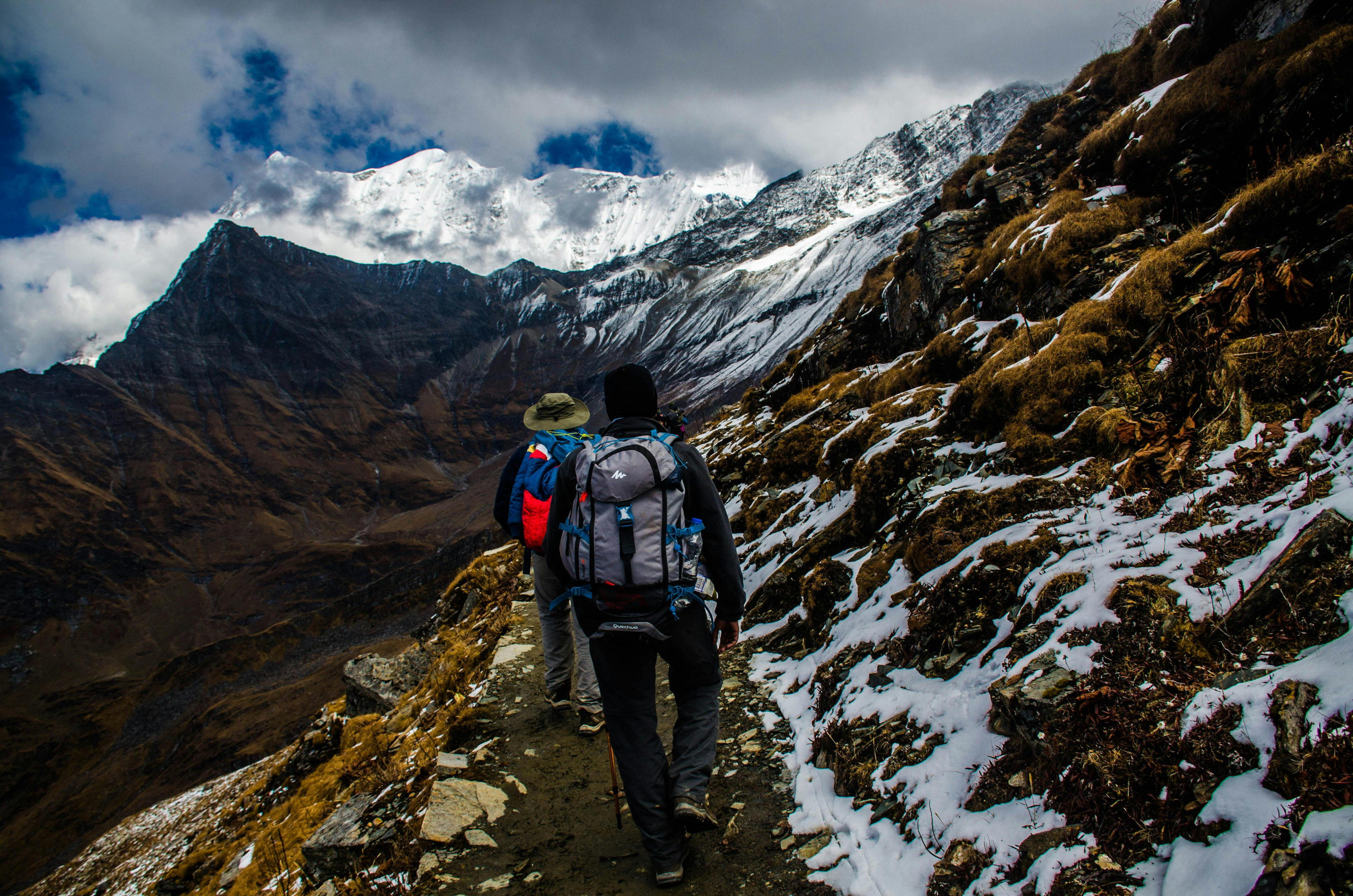
Oh, and Don't Forget: Cardiovascular Endurance for Long-Distance Hikes
Cardiovascular endurance is the drumbeat to which the long-distance hiker marches. It’s not enough to have strong muscles if your heart isn’t in tune with the journey. Regular cardio training, tailored to the unique demands of hiking, ensures that your lungs can keep pace with your spirit, fueling your trek with breaths as deep as the valleys you explore. Some effective cardio exercises for hikers include:
-
Walking or hiking uphill
-
Running or jogging
-
Cycling
-
Stair climbing
-
High-intensity interval training (HIIT)
-
Swimming or water aerobics
Incorporating these training exercises into your routine will help improve your cardiovascular endurance and prepare you for long hikes.
Incorporate a mix of steady-state walks, light intervals, and challenging peaks into your cardio routine to mirror the varied intensity of a hike. This way, you’ll ready your heart and lungs for the long stretches of trail and the sudden ascents that take your breath away – not because you’re unprepared, but because the view from the top is simply that stunning.
Finally, We Cool Down: The Role of Static Stretches Post-Exercise
As the day concludes with the sun setting, coloring the sky with shades of your success, it’s crucial to wind down with static stretches. Just as dynamic stretching prepared you for the journey, static stretches are the gentle serenade that lulls your muscles back to a state of rest. They’re the deep breaths at the end of the day, the moments of gratitude for a body that carried you over hill and dale.
Take the time to stretch each muscle group – from the calves that bounded up the trail to the shoulders that bore your pack. Hold each stretch for 20-30 seconds, allowing your heart rate to slow and your muscles to lengthen, their fibers realigning in preparation for the next adventure.
Summary
From the dynamic stretches that start your day to the static stretches that end it, each exercise we’ve explored is a step on the path to hiking excellence. Nordic curls, glute bridges, squats, calf raises, and lunges – these are the tools that build the body of a hiker. Planks, dead bugs, push-ups, and shoulder presses – these fortify the spirit of the adventurer. With balance, agility, and cardiovascular endurance as your guides, you are now ready to embark on a journey that transcends the mere act of walking upon the earth.
So, take this knowledge, these training exercises, and weave them into your routine. With commitment and perseverance, you’ll find that each peak becomes a friend, each valley a new story, and each step a testament to the power within you. Go forth, explorer, for the trails await – and you are ready.
Frequently Asked Questions
How often should I perform these exercises to prepare for a hike?
To prepare for your hike, aim to do these exercises 2-3 times each week, focusing on hiking-related movements. Begin your routine 8-12 weeks before your hike for best results. Happy hiking!
Can I do these exercises at home without equipment?
Yes, you can definitely do these exercises at home without any equipment. But if you want to perform every rep in the best range of motion on the first try, we suggest grabbing the Nordstick Performance Bundle. It includes the Nordstick, NordPad, OmniBand, and a 10-week Nordic Curls program!
GET THE PERFORMANCE BUNDLE HERE
How long should I warm up before a hike?
You should warm up for about 10-15 minutes before a hike, incorporating dynamic stretches and light cardio to prepare your muscles for the activity. This will help prevent injuries and enhance your overall hiking experience.
Is it necessary to cool down after a short hike?
Yes, it is necessary to cool down after a short hike to help your muscles relax and recover, reducing the risk of stiffness and soreness. So, make sure to include a cool down with static stretches after your hike.
Should I focus on upper body exercises if I'm only doing light day hikes?
Yes, it's still important to focus on upper-body exercises for light day hikes because strong arms and shoulders can help with balance, using trekking poles, and overcoming any upper-body challenges on the trail. Keep working on those upper body muscles!



































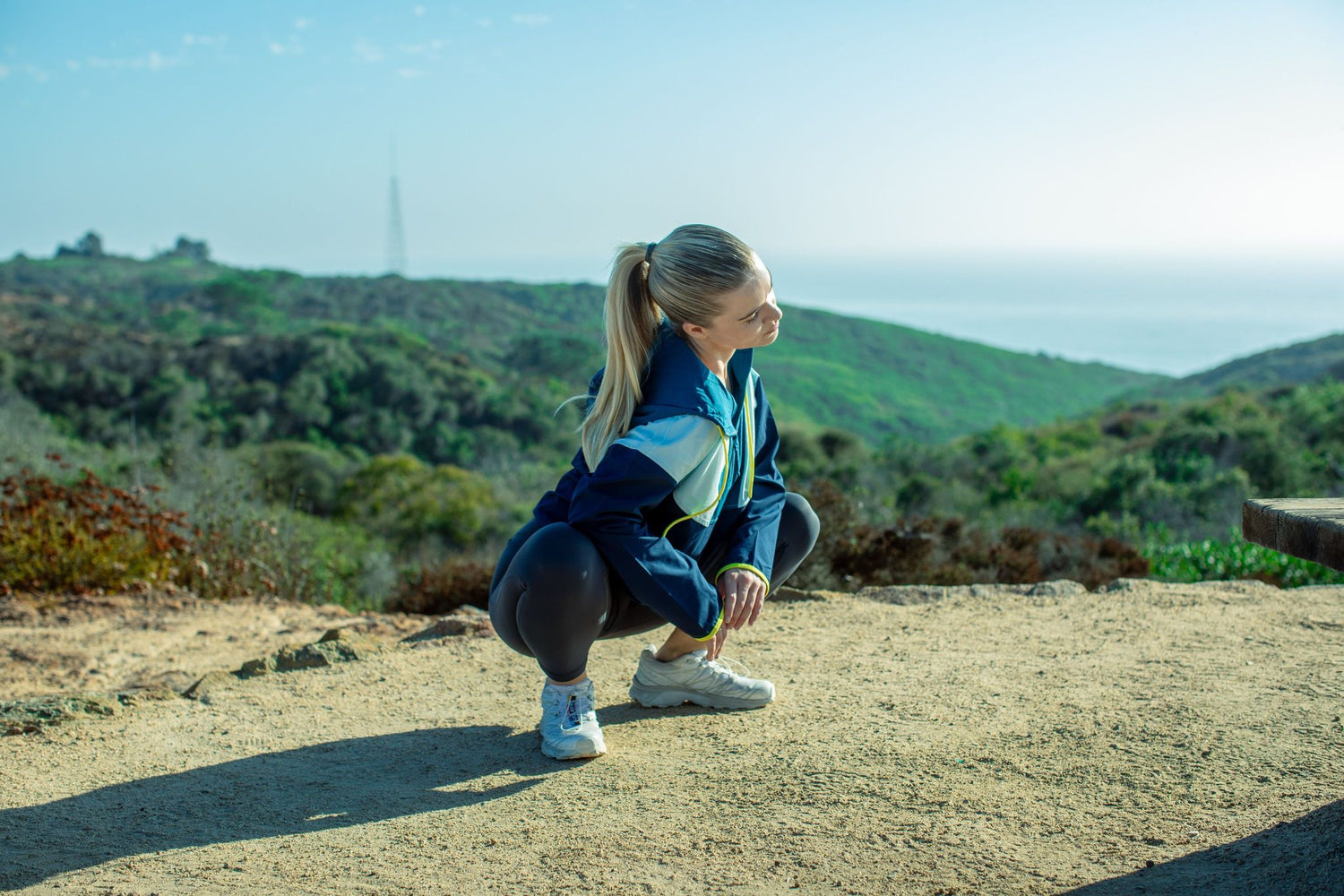
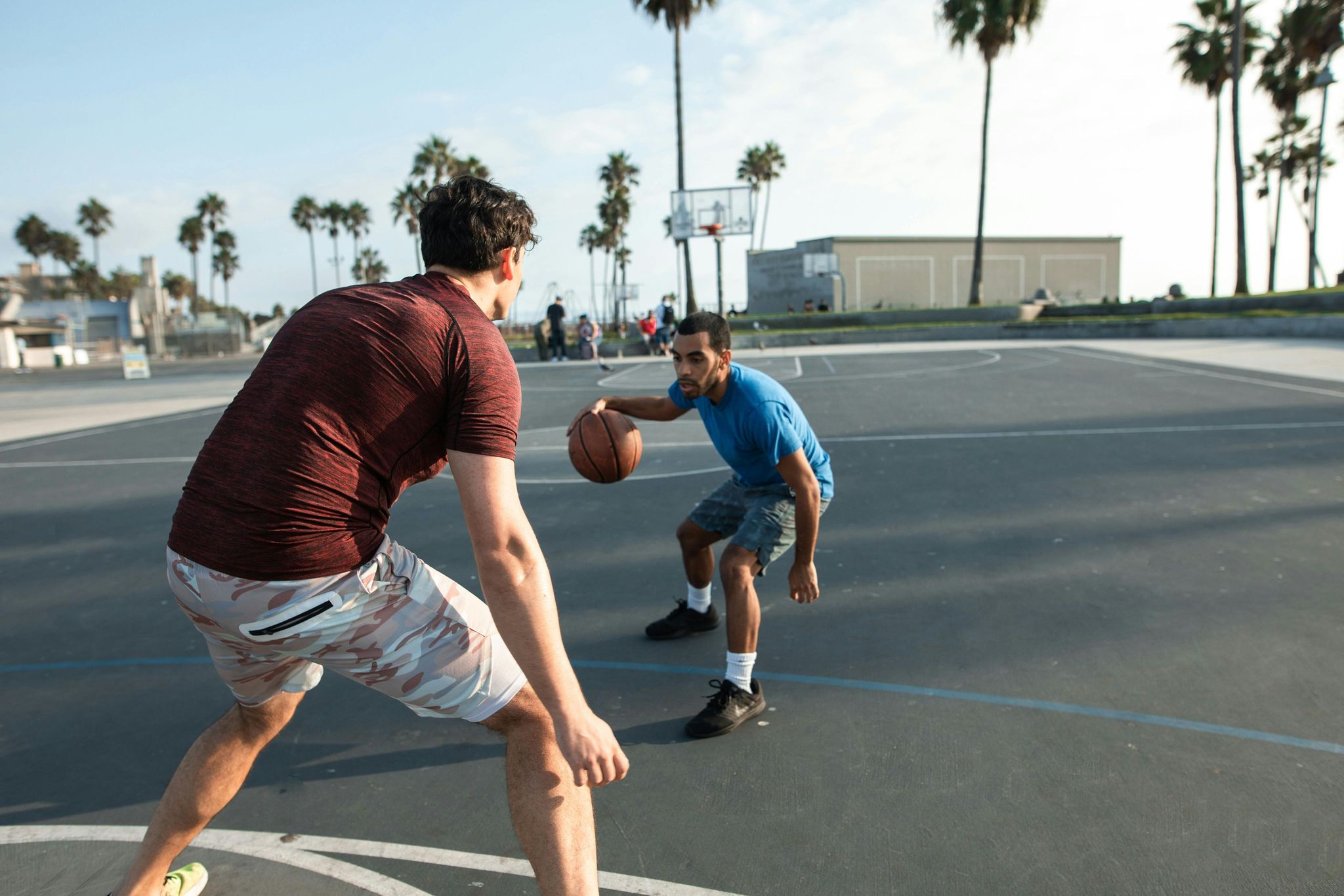




Leave a comment
This site is protected by hCaptcha and the hCaptcha Privacy Policy and Terms of Service apply.